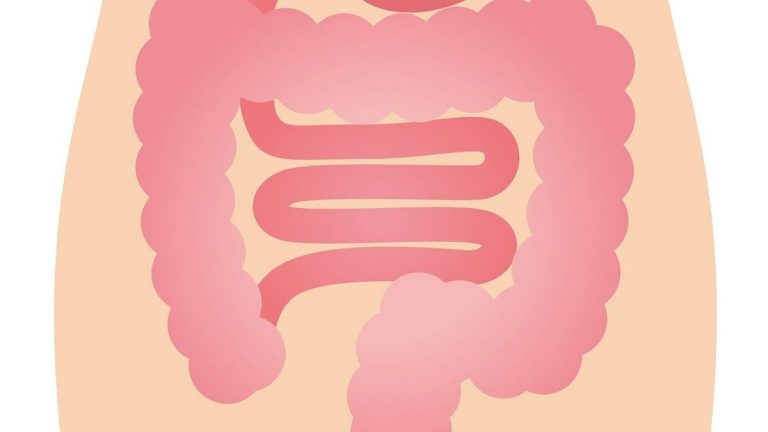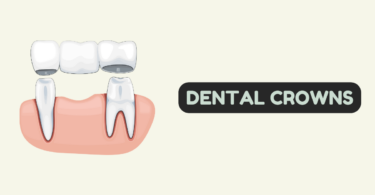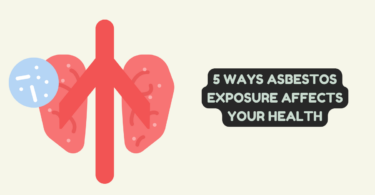
Crohn’s disease was first described by Dr. Burrill Crohn, who gave it its name, in 1932. Along with ulcerative colitis, it forms part of inflammatory bowel diseases.
What is Crohn’s disease?
Crohn’s disease is a chronic disease whose cause is unknown. It usually occurs with inflammation and intermittent injuries in variable areas of the digestive system (from the mouth it wears the anus).
Who is affected by Crohn’s disease
In USA, about 40,000 people suffer from Crohn’s disease. This represents about 40% of the total inflammatory bowel diseases (about 100,000) in our country.
Typically, the onset of the pathology occurs around the age of 30. There is also an increase in the onset of cases with patients close to 50 years of age.
Risk factor’s
There are several risk factors related to the development of Crohn’s disease and other inflammatory bowel diseases. Among them, gastrointestinal infections, non-steroidal anti-inflammatory drugs, and antibiotics stand out. However, there is no definitive evidence on these associations.
For women, hormone replacement therapy and taking oral contraceptives can lead to an increased risk of developing the disease.
On the other hand, some studies have suggested that removal of the appendix may increase the risk. However, that may be due to a misdiagnosis of appendicitis that was already the manifestation of Crohn’s disease itself.
Finally, the disease is related to alterations in the intestinal flora and the mucosa of the intestine. Thus, a reduction in the diversity of the species that make up the intestinal flora could also be at the origin of the disease.
Tobacco and Crohn’s disease
One of the best-known risk factors for Crohn’s disease is smoking. In this way, smokers are twice as likely to have Crohn’s disease, as opposed to ulcerative colitis.
Diet and Crohn’s disease
Diet is also often one of the risk factors for Crohn’s disease, although the relationship with the development of the disease is not clear. Some studies have indicated that diets high in sugar can increase the risk of developing the disease. Polyunsaturated fatty acids, high total fat, and high consumption of meat products are also associated with an increased risk of CD.
On the contrary, a diet high in dietary fiber and high consumption of fruits are associated with a decrease in risk.
Genetic factors
It has been possible to identify a family relationship in Crohn’s disease. However, less than 25% of patients with inflammatory bowel disease have a first-degree relative with the disease. In any case, there are more than 200 genes that have been associated with the development of these pathologies.
Different types of disease
Crohn’s disease can affect any part of the gastrointestinal tract, most likely involving the end of the small intestine and the colon.
On the other hand, three phenotypes of the disease that course differently have been identified:
Inflammatory type. Patients can develop fibrosis, with consequent narrowing of the intestinal canal.
Stenotic type. After the stage of inflammation, the appearance of stenosis can occur.
Fistulizing type course. Another possible evolution of inflammation is the production of fistulas.
Crohn’s disease symptoms
Symptoms of Crohn’s disease are variable and can include diarrhea (with or without blood), abdominal pain, weight loss, nausea, vomiting, and, in some cases, fever and chills. There may also be manifestations outside the digestive or extraintestinal system.
The onset of symptoms can occur long before the diagnosis of the disease is established.
Patients with inflammatory disease often have abdominal pain and diarrhea, although general symptoms such as weight loss, low-grade fever, and fatigue can also develop.
Patients with strictures develop intestinal obstructions that often appear along with bowel sounds, nausea, and vomiting.
If fistulas occur, these usually appear together with fever, chills, and other symptoms depending on their anatomical location.
Non-intestinal symptoms of the disease
Extraintestinal symptoms can be numerous and affect the joints, skin, liver, kidneys, and blood vessels.
In the first place is arthritis, which can affect more than 25% of patients with CD.
On the other hand, the most common skin lesions associated with the disease are erythema nodosum and pyoderma gangrenosum.
In short, there is a long list of extraintestinal diseases and conditions associated with Crohn’s disease. These include:
Cholangitis or inflammation of the bile ducts.
Uveitis or inflation of the tear ducts of the eyes.
Osteoporosis.
Psoriasis.
Depression.
Renal lithiasis (kidney stones).
Iron and vitamin B12 deficiencies.
Venous thrombosis.
Chronic bronchitis
Growth deficiencies in children.
Insomnia or sleep interruptions.
Diagnosis of Crohn’s disease
The unspecific symptoms with which it presents determine a complicated diagnosis of Crohn’s disease.
Thus, in addition to the patient’s history and the analysis of symptoms, the diagnosis must consider the results of endoscopic and radiological tests. Other imaging techniques that can also be used for the diagnosis of Crohn’s disease are intestinal computed tomography (CT) and intestinal magnetic resonance imaging.
Finally, stool study can help rule out other causes of disease.
Crohn’s disease treatment
Crohn’s disease cannot be cured, so treatment should focus on controlling inflammation and remission of symptoms. This is achieved mainly by using drugs. However, many patients will eventually require surgery.
The specific treatment of Crohn’s disease will depend on the severity and location of the affected areas.
Crohn’s disease medications
There are different medications for the treatment of CD. Some of the most prominent are:
Steroids Some have shown a positive effect in inducing remission of the disease. Its main drawback is its multiple adverse effects.
Thiopurines. They belong to the group of immunosuppressants. They are the most used to maintain remission of the disease. However, some studies question its effectiveness.
Methotrexate. It is slightly more effective than thiopurines, although it is not without adverse effects.
Anti-TNF (anti-tumor necrosis factor drugs). It is the most effective therapy for moderate-severe Crohn’s disease.
Mesalazine.






